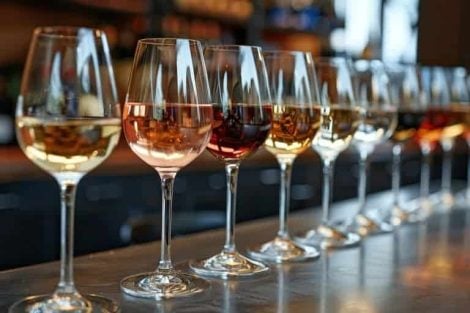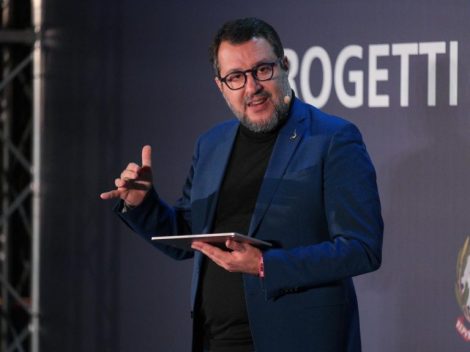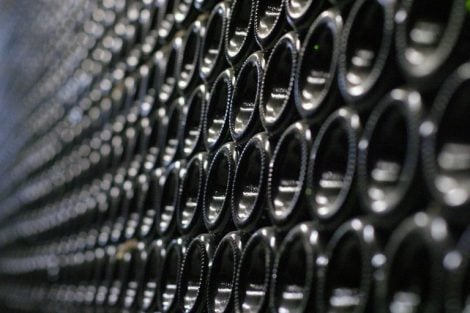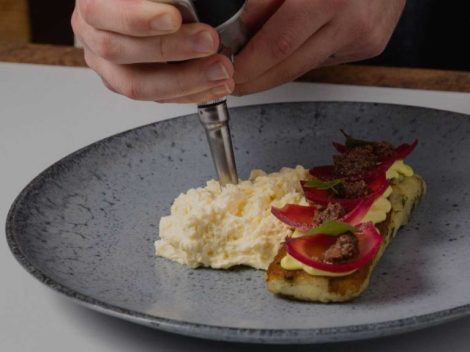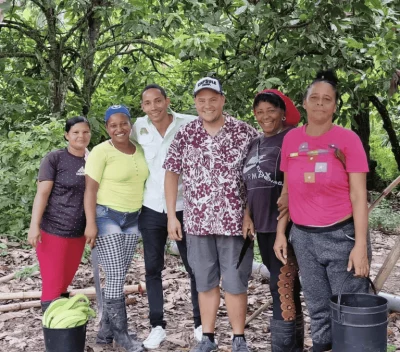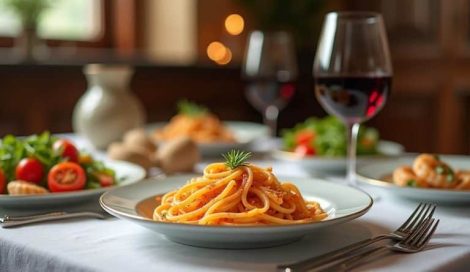On the shores of the Messina Strait, or rather the Pharo –– few are aware that the narrow strip of sea separating Sicily and Calabria, certainly from at least the X century and until the mid-XIX century, was also called Pharo in the official documents of the Kingdom of the Two Sicilies. Until the phylloxera vine pest, the province of Messina, which is now the smallest of the winemaking areas in Sicily in terms of production, was, together with Catania, among the most planted with vines on the entire island.
On the other hand, without venturing into erudite and boring citations, grapes were grown on the banks of the Messina Strait, and successfully, since ancient times, as attested by classic authors such as Strabone, Pliny and Martial, to mention the most famous. Most likely the first semantic connection between Pharo and wine was born around the XII century when the Basilian monks founded the monastery of Santissimo Salvatore "in the Phari language" on the remains of a hermitage, i.e. in the crescent-shaped area of the port of Messina.
Around the monastery, one of the richest in Sicily –– so much so that it even had its own scriptorium –– the monks are documented to have also grown grapes and certainly produced wine until the XVIth century when the monastery was transformed into a fortress by the Spaniards. Only much more recently, in the middle of the XXth century, does Faro wine begin to identify itself with the homonymous village at the mouth of the Strait where, in truth, zibibbo has always been grown, while the namesake wine was produced on all the hills framing the city of Messina.
Just as the wine produced in Messina has always been born from what we would now call a complantation between different grapes: nerello mascalese and cappuccio, but also nocera, nero d'Avola, rigorously cultivated and harvested together. To get an idea of how developed and varied grape farming was in the Messina area, remember that in the first specification of 1976 it was possible to use even small percentages of Sangiovese and Barbera.
The nocera and 'francisa' -as for the local toponym- are the two grape varieties behind the two labels of this episode, the former found in Bonavita winery's fascinating Ilnò 2021, and the latter in Santa.Né 2012, a wine with a very limited number of bottles from Palari winery.
Rare Wines. Two red wines from Sicily to discover
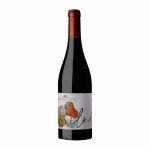
Ilnò 2021
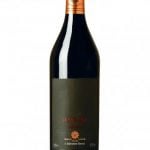
Santa.Nè 2012
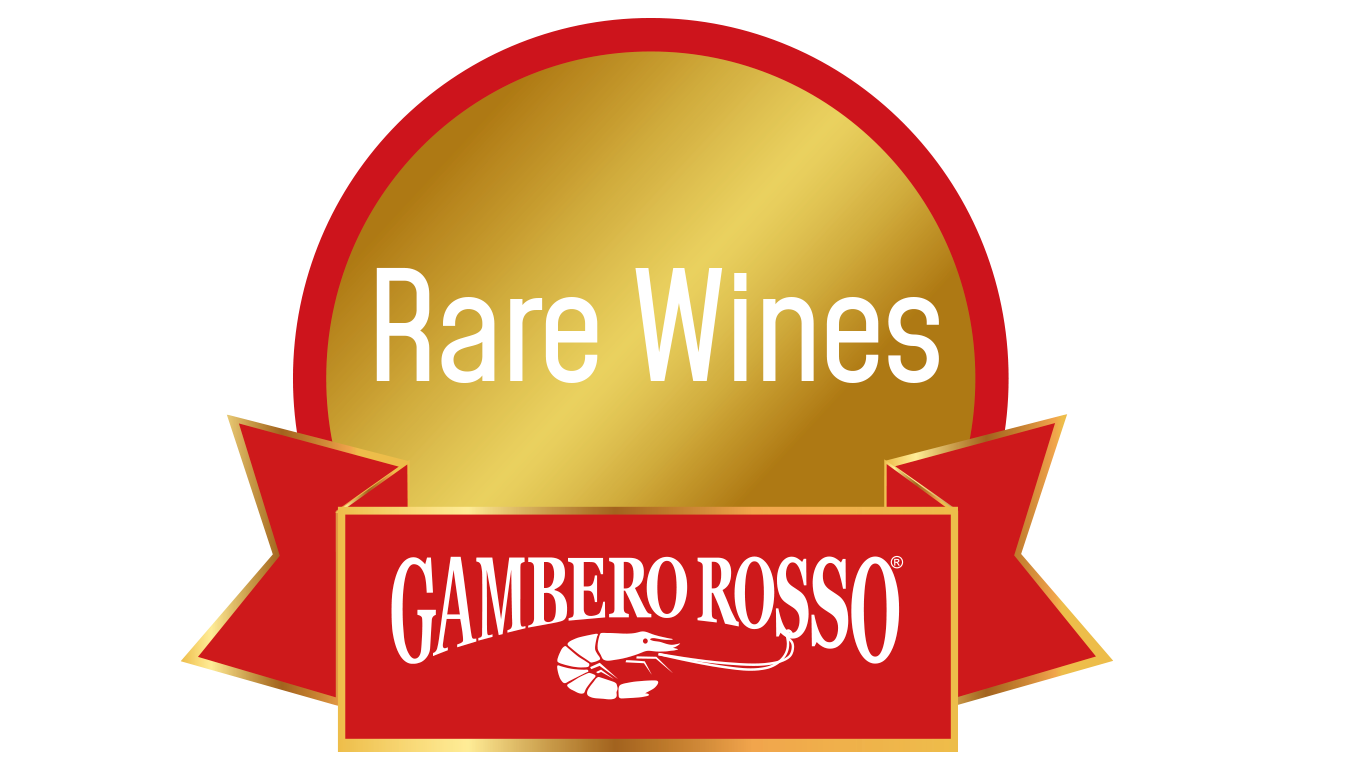
selected by Gambero Rosso

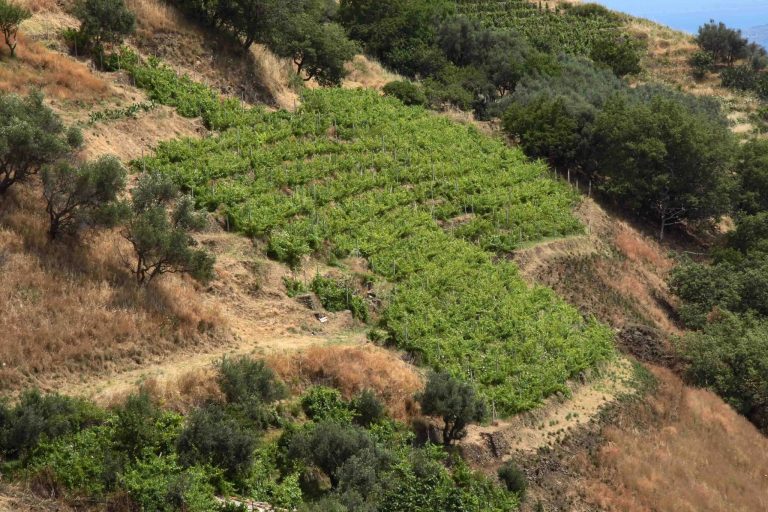
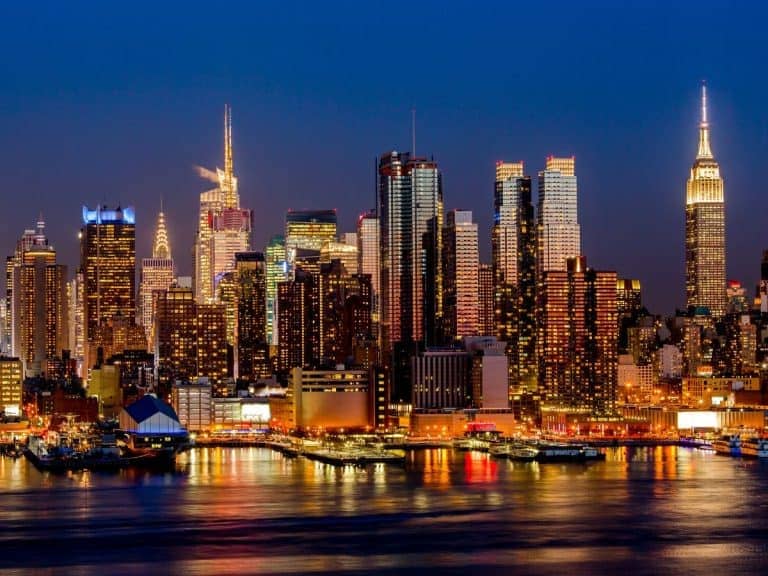 From the Metropolitan Pavilion to the Top Italian Restaurant: Gambero Rosso showcases Italian wine in New York
From the Metropolitan Pavilion to the Top Italian Restaurant: Gambero Rosso showcases Italian wine in New York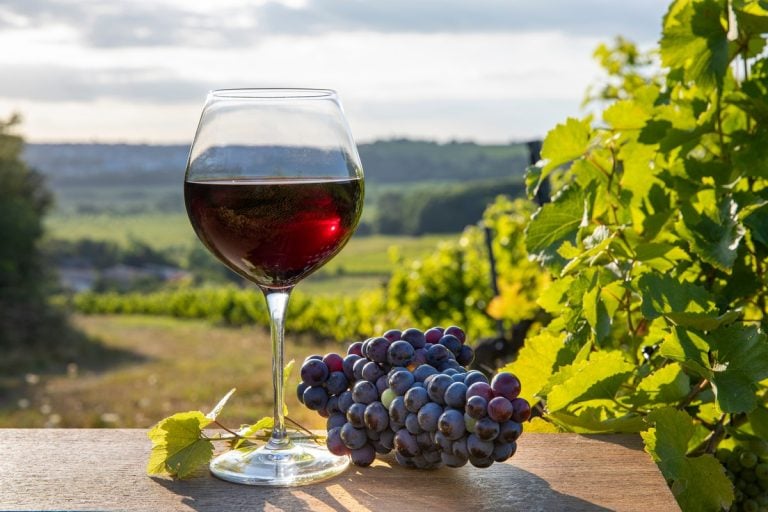 The 14 best-value Pinot Noir wines among reds, rosés, and sparkling wines chosen by Gambero Rosso
The 14 best-value Pinot Noir wines among reds, rosés, and sparkling wines chosen by Gambero Rosso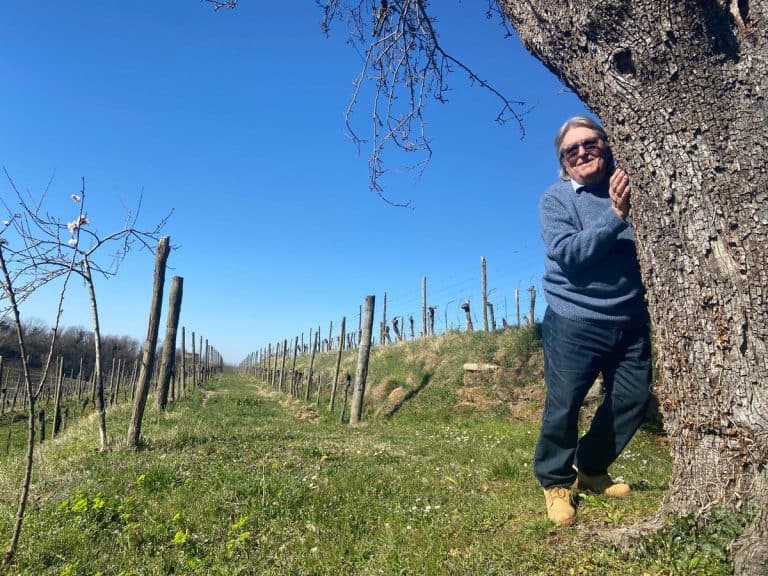 One of the best Pinot Bianco wines from Friuli Venezia Giulia is made by a former Bbnker. Here’s which one
One of the best Pinot Bianco wines from Friuli Venezia Giulia is made by a former Bbnker. Here’s which one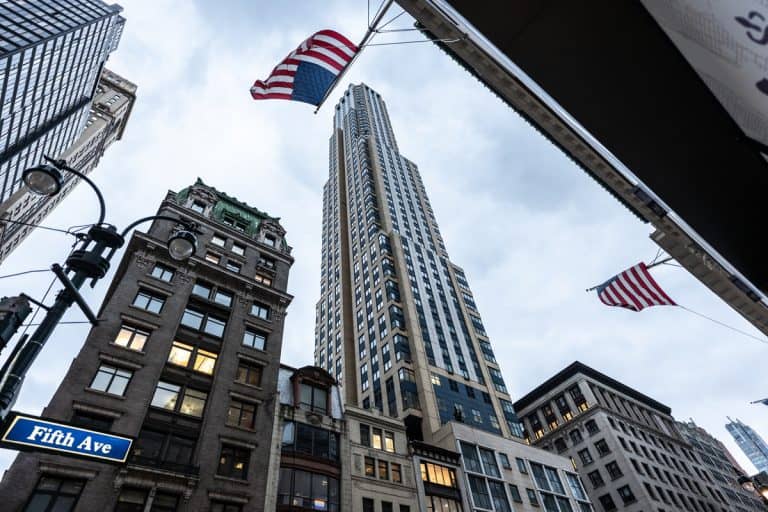 Spoiler: wine export to the US in 2024 will break records, but consumption will decline as well
Spoiler: wine export to the US in 2024 will break records, but consumption will decline as well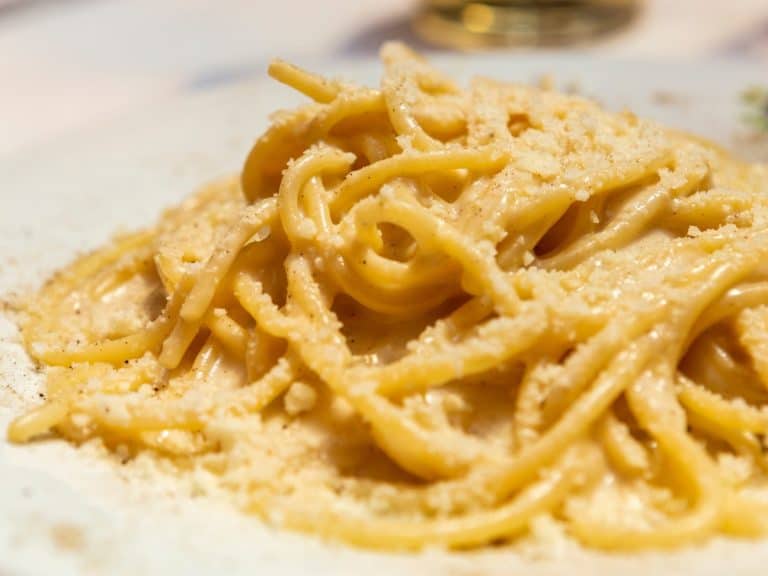 The real cacio e pepe is made without cream (or almost). The recipe from a great Roman trattoria
The real cacio e pepe is made without cream (or almost). The recipe from a great Roman trattoria